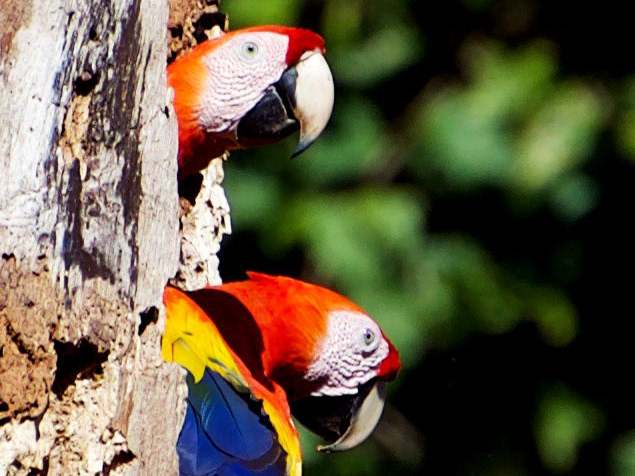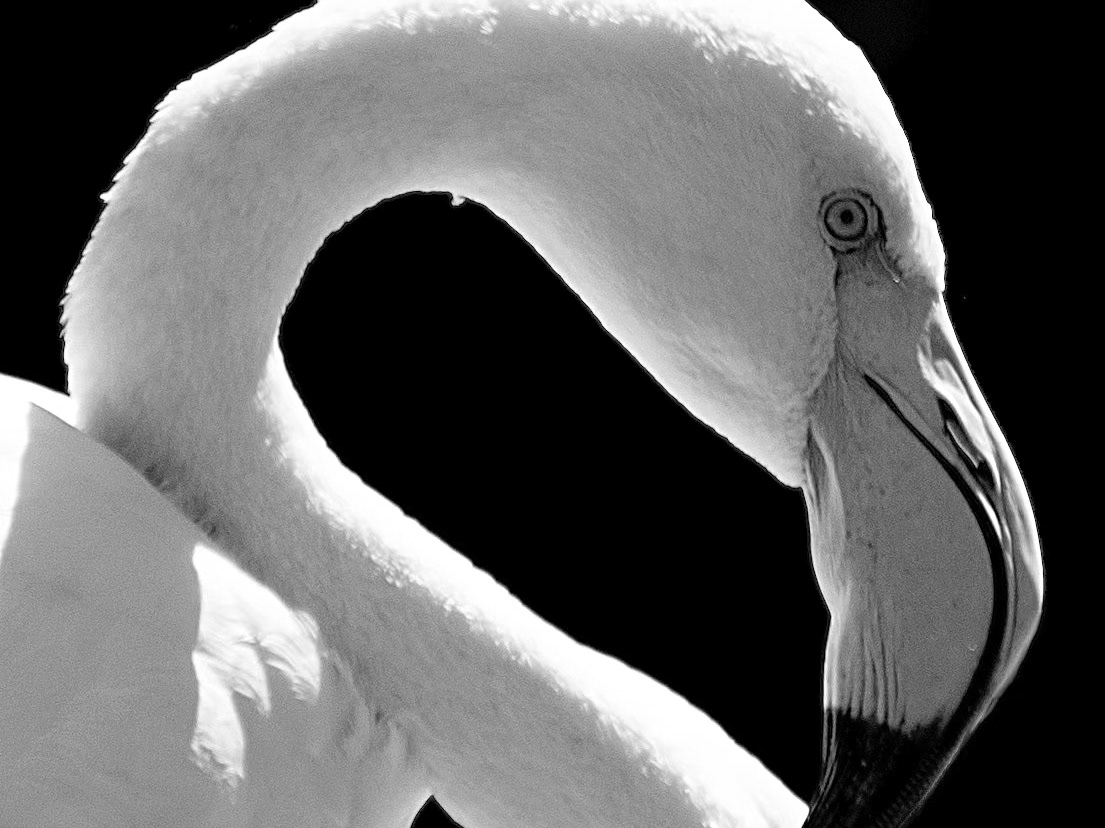Common Name: desert tarantula; Fresno County blond; Great Basin blond; Salt Lake City brown
Scientific Name: Aphonopelma iodius
Plant Facts
Desert tarantulas (Aphonopelma iodius) may live up to 30 years and are found in the western United States, particularly in Arizona, Nevada, Utah and California, where this photo was taken. These spiders live in a webbed burrow under the desert surface, which protects them against heat and predators. Each autumn, desert tarantulas are seen in abundance. This event is often erroneously called a “tarantula migration.” In actuality, mature males are simply leaving the safety of their homes to seek out mates before winter. Despite the intimidating nature of the desert tarantula, their venom is not very toxic to humans. However, they may harm potential predators by releasing urticating hairs that cause a stinging or prickling sensation.
Interaction with Humans
Little is known about how tarantulas are surviving in the wild. According to conservation biologist Sergio Henriques, “of more than 900 tarantula species, the IUCN has assessed the conservation status of just 15.” In other words, we have only studied the ecology of 1% of tarantula species. From this, we discovered that tarantulas spin silk that hummingbirds use to construct their nests and that they help maintain agricultural pests, such as crickets and beetles, by feeding on them. Studying the proteins in tarantula venom has also expanded medical understanding of pain and diseases, such as epilepsy. However, scientists worry that the impacts of (1) over-poaching for the illegal pet trade, (2) climate change, and (3) habitat destruction may eliminate tarantula species before there’s time to study more of them. Tarantulas are especially vulnerable to anthropogenic threats since they are long-lived and females reproduce late and infrequently.
Sources
• Boomer, T. Desert Tarantula (Aphonopelma iodius). Wild Macro. Retrieved from https://wildmacro.com/library/spiders/Tarantula-Aphonopelma-iodius.html
• Hall, J. (2018). The illegal market for tarantulas is hairy business. National Geographic. Retrieved from https://www.nationalgeographic.com/animals/article/tarantula-illegal-willdlife-trade
• Hamilton, C.A., Hendrixson, B.E., & Bond, J.E. (2016). Taxonomic revision of the tarantula genus Aphonopelma Pocock, 1901 (Araneae, Mygalomorphae, Theraphosidae) within the United States. ZooKeys, 560, 1–340. https://doi.org/10.3897/zookeys.560.6264
• Prentice, T.R. (1997). Theraphosidae of the Mojave Desert west and north of the Colorado River (Araneae, Mygalomorphae, Theraphosidae). The Journal of Arachnology, 25, 137–176.










